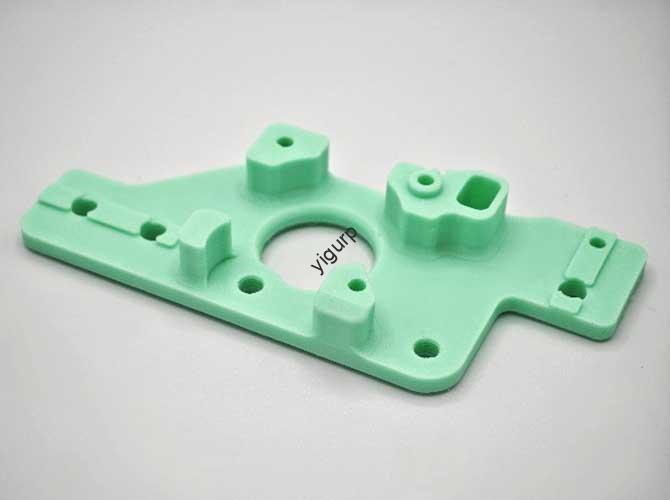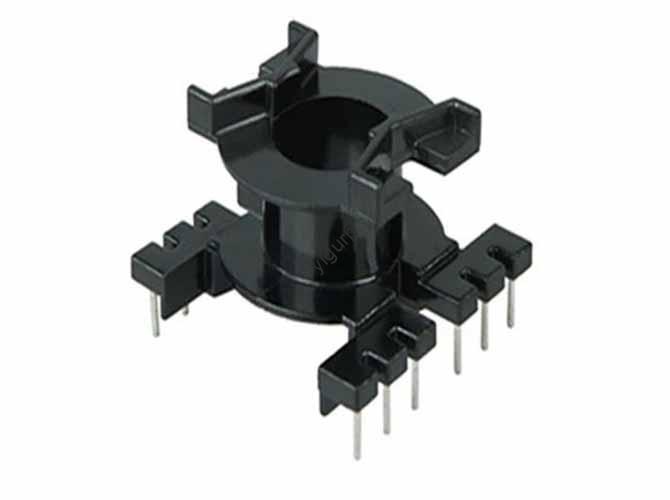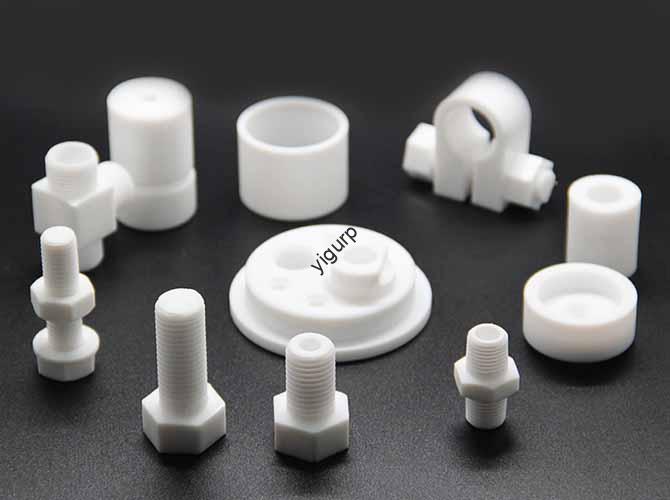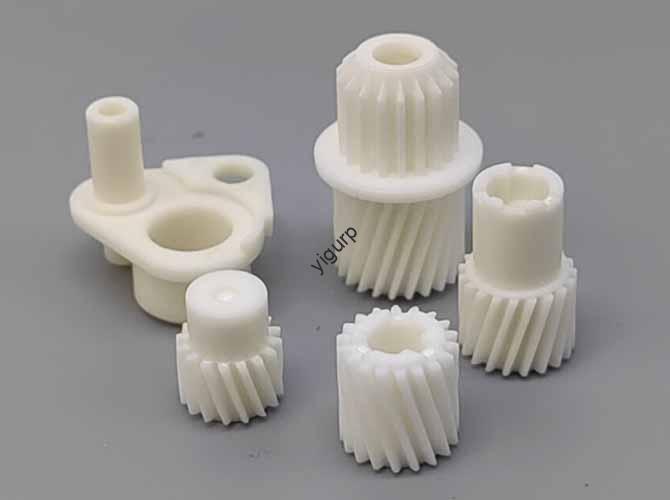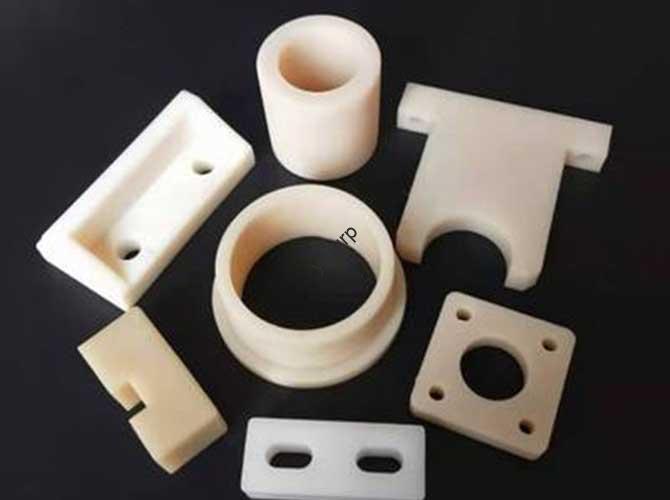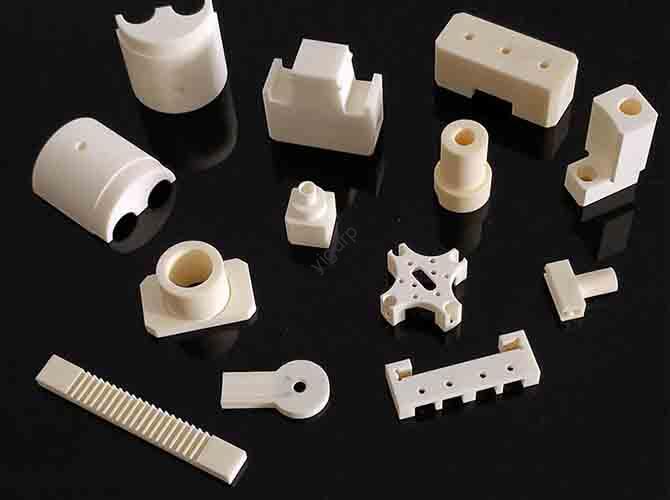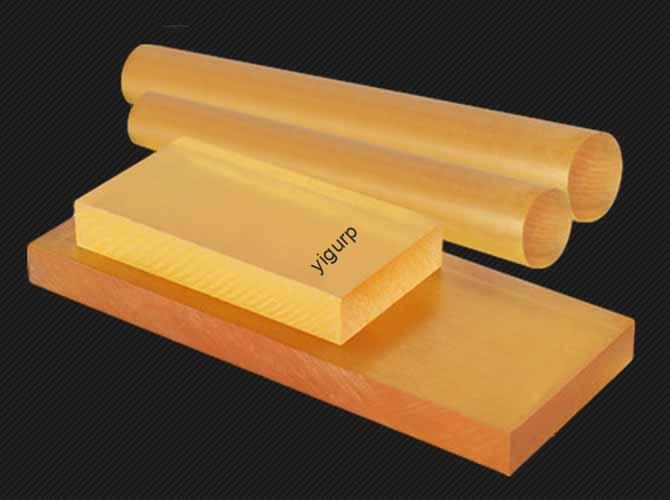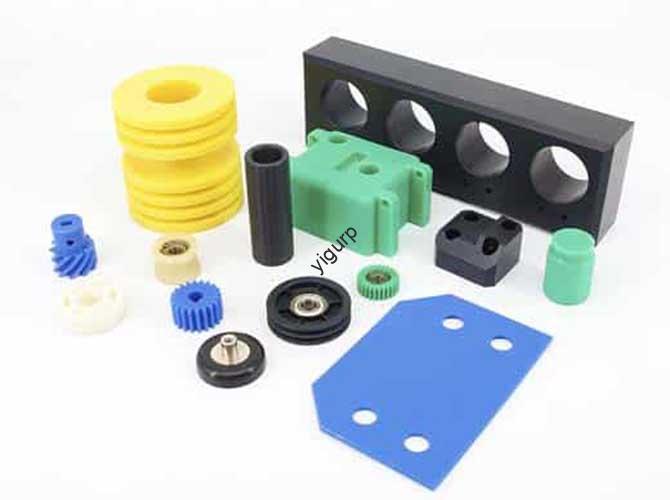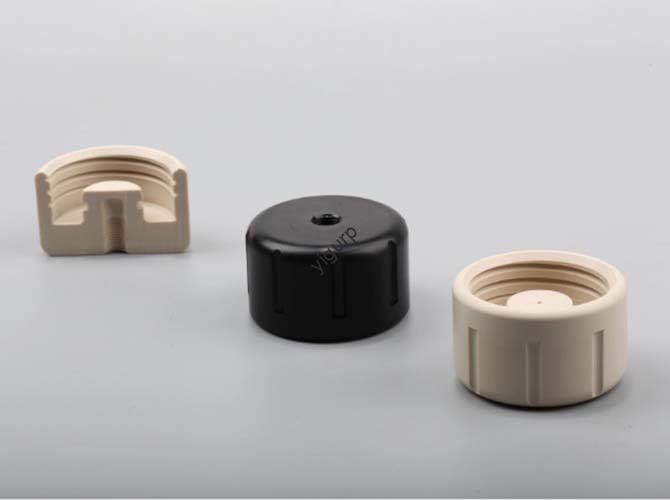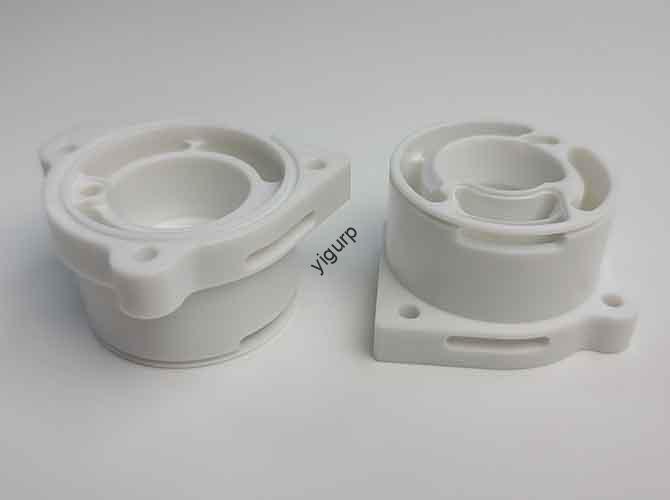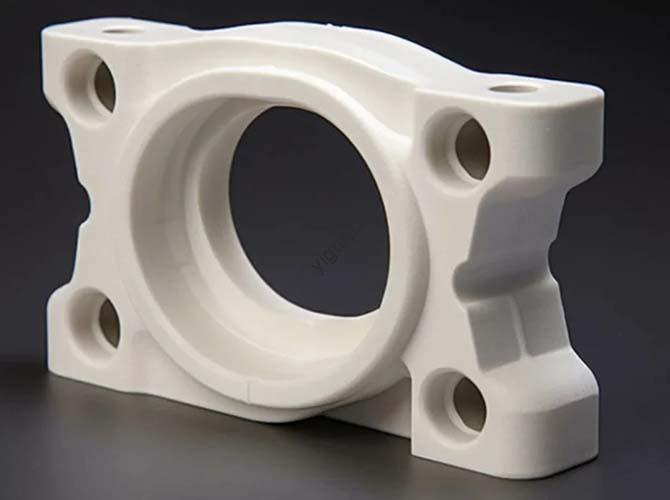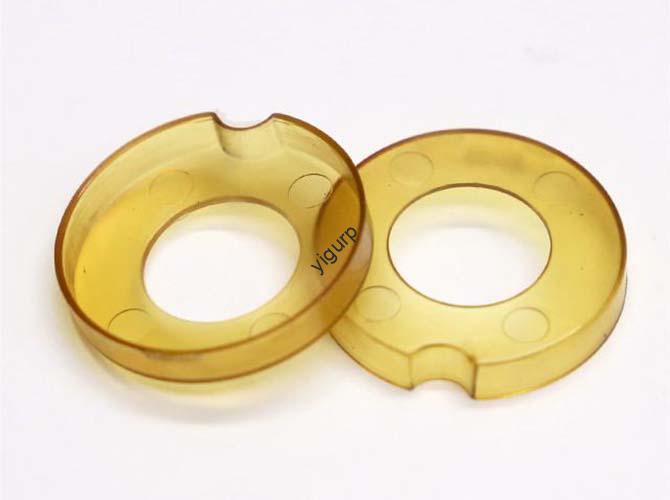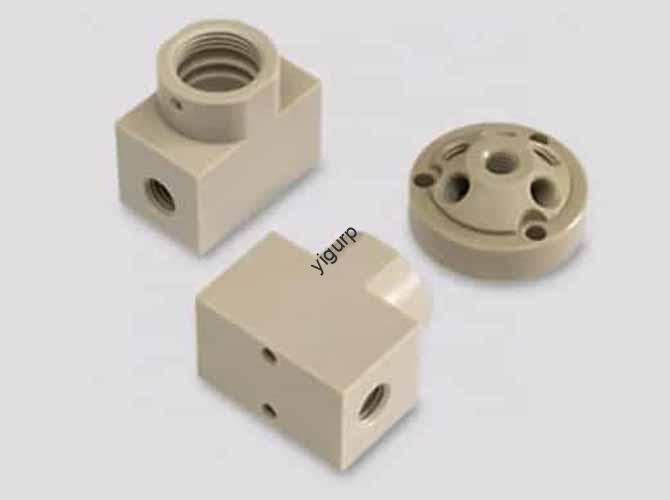How Do Low-Pressure Die Casting and Gravity Die Casting Differ?
Le moulage sous pression à basse pression et le moulage sous pression par gravité sont deux processus fondamentaux de formage des métaux, chacun construit sur des principes mécaniques distincts. Tandis que tous deux façonnent le métal en fusion en pièces finies à l'aide de moules, leurs approches pour remplir les cavités, une approche pilotée par une pression contrôlée, l'autre par gravité naturelle - crée de fortes différences de qualité, efficacité, et coûter. Pour les fabricants, choosing between them means […]
